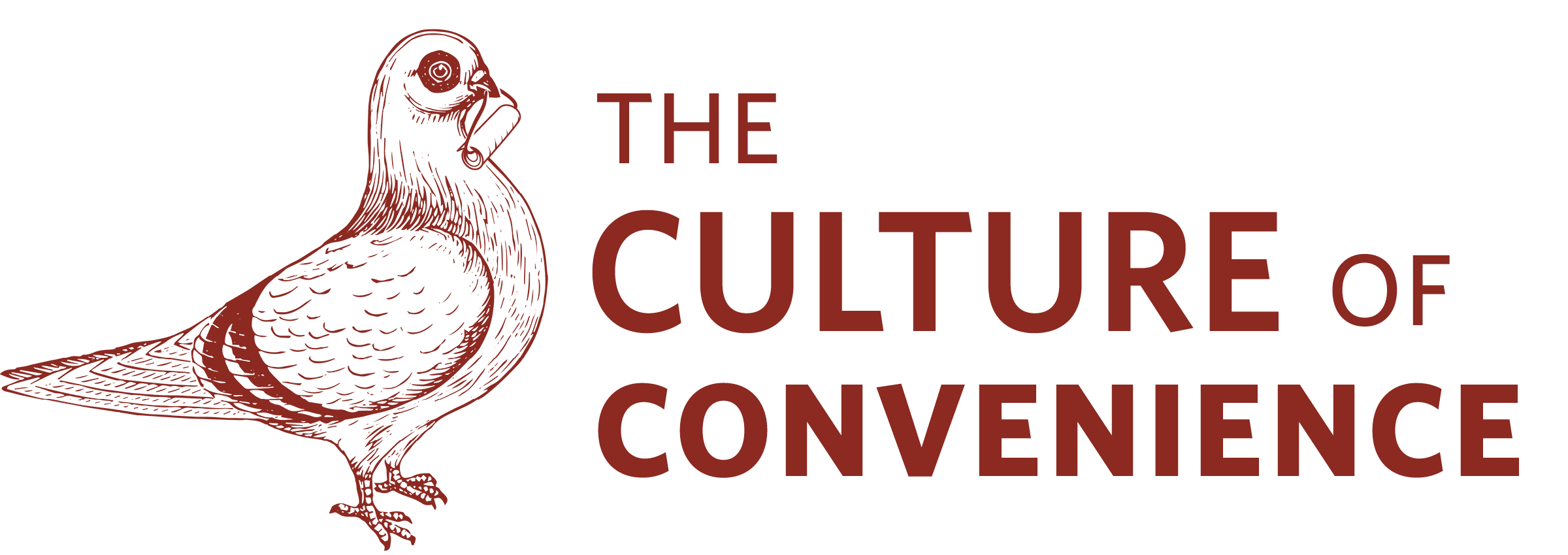The Culture of Convenience in an On Demand Economy
/Digital access to messages, media, and streamlined search engines has never been more prevalent than it is today. This environment has created a consumer market that expects quick, convenient and easy experiences at all points of the sales funnel. It has become easier and easier for consumers to educate themselves about products that they are interested in. Once they make a decision, they want it immediately; Pad Thai delivered from their favorite restaurant and the ability to request that Alexa add food items to their Whole Foods cart. Amazon prime boasts a catalog that includes tens of thousands of daily essential products that are eligible for free two-hour delivery. You can catch a ride to a concert in a matter of minutes when a cab is not in sight.
This is the rapidly rising world of an “On-Demand Economy.” Our on-demand economy generated $57.6 billion from 22.4 million consumers last year, according to Harvard Business Reports. It will continue to grow with technology and digital advancements, and the increasing spending power of younger buying generations.
So, out of the gate, let’s squash the debate of what actually is an on-demand economy. There's a broad spectrum of how people define it. The purists say if it's not something that can’t be instantly delivered like an Uber it's not part of that economy. For a holistic view, let’s take a broader approach. For the sake of argument, we’ll say that anything that is based on the premise of consumer convenience counts as being on-demand. This essentially eliminates any friction between the seller and buyer solving the need of convenience to this economy.
Twitter Founder Ev Williams addressed the value of giving people the ease of what they want through technology, stating people want to keep doing what they have always done, but in easier ways.
“The internet makes human desires more easily attainable. In other words, it offers convenience," he said. “Convenience on the internet is basically achieved by two things: speed, and cognitive ease. In other words, people don't want to wait, and they don't want to think – and the internet should respond to that. If you study what the really big things on the internet are, you realize they are masters at making things fast and not making people think.”
So, now we are back to you. How can you meet this market and deliver without having to become a Netflix or Amazon? Let the customer tell you. Stay customer-oriented and be aware of their pain points along the sales funnel. The best way to articulate this is through an example:
Create A Consumer-Focused Digital Buyer Journey
Millennial-Mom-Shopper Amie wants to incorporate healthier juices into her family’s diet. There are hundreds of organic juice companies in the market, so why would she go with you? If you are tasty and are healthy, most likely a good portion of your competition is too. How do you break out and get Amie to buy your brand? The consumer has told you, without fully telling you, that she is a mom, and obviously, she is busy. Give her the convenience of purchase and delivery.
Amie's digital customer journey: She saw your organic juice brand on social media in a tagged post by her favorite healthy food influencer. After seeing the post, she scans your account to learn more and connect with your brand. Good news—she liked it! She then takes the direct link to your easy to use (key point) e-commerce site where she sees a promo coupon for the first time order (even better), and with the ease of a click, she has added it to her cart. Then, through targeted lead-nurturing, she can subscribe to having that item, or other flavors, delivered every week at the same time. Amie then gets her juice quite conveniently.
Instant Gratification With Or Without An Immediate Product
Want to take it a step further? There are companies like Postmates that will deliver her juice within an hour. The consumer pays a yearly subscription to use the app and has access to the convenience of immediate food and restaurant delivery. Why wouldn’t you make it easy for her? With innovative on-demand platforms, businesses can no longer expect customers to be okay with waiting for their services or products, especially if it’s an inconvenience to them because—remember—it is about staying consumer-oriented.
There are other ways to offer on-demand services without actually delivering an immediate product. That tactic is wrapping your product in “on-demand service.” An Ikea partnership with a company called TaskRabbit does just that. They don’t need to manage this service but have offered an easy way to schedule and book an install to mount or assemble their product. This digital partnership is the answer to the consumer conundrum of an entire Sunday spent assembling that crazy Swedish box of bolts and wood. (It’s freaking awesome, btw.)
The Bottom Line
Customers will pay for convenience, especially when their time can be spent doing things that are much more productive or enjoyable for them. With the integration of mobile apps and various other digital technologies, they can order anything, anywhere, anytime, with their choice of digital device. The internet has opened the gates to unlimited options for your shopper, but it has also given you the ability to offer your best service along with your best product. Rising to meet the needs of this growing on-demand economy will be imperative to cater to the purchase needs of your next customer.

